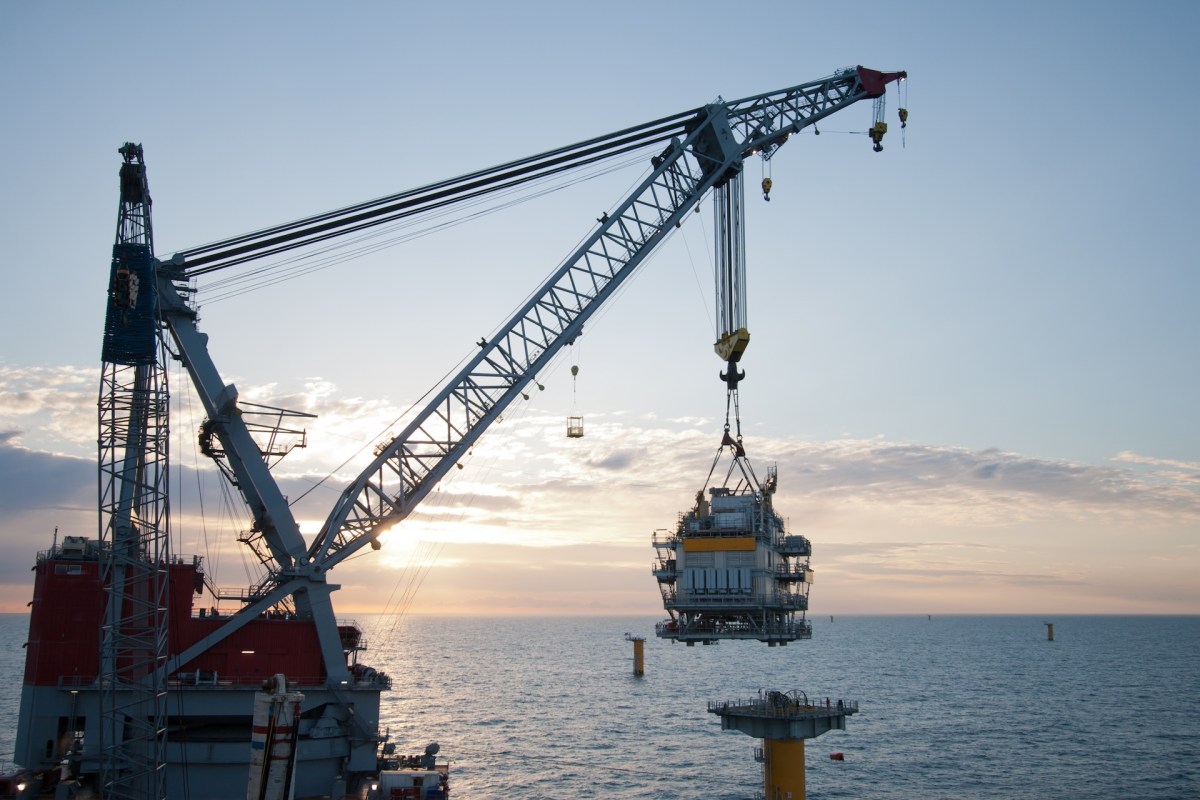As global temperatures continue to rise due to planet-warming pollution caused by human activity — mainly the burning of dirty energy sources — countries are scrambling to meet targets established in the Paris Agreement "to limit the temperature increase to 1.5°C above pre-industrial levels."
A key aspect of the scramble is inventing new technologies and improving existing ones to reduce carbon pollution. Economies historically powered by dirty energy must look toward a transition to renewable energy sources like wind, water, and solar.
Technological changes require skilled workers, and of late, the problem is not supply but demand. According to a senior economist at Oxford Economics, the supply of new graduates in science and engineering "far exceeds the demand for new workers."
"People are starting to see, the students are starting to see this as much more than just a viable career path, but a really exciting and tempting and rewarding one for a lot of different reasons," said University of Massachusetts civil engineering professor Sanjay Arwade.
As companies work to develop and implement cleaner energy technologies, more jobs should emerge, creating demand for the supply. The International Renewable Energy Agency predicts that "while about 5 million jobs in fossil fuel production could be lost by 2030, an estimated 14 million new jobs would be created in clean energy, resulting in a net gain of 9 million jobs," according to the United Nations.
Recently, the Department of Energy announced a new offshore wind energy center of excellence to serve as a hub for researching and developing new technologies that accelerate the energy transition from dirty energy sources to wind power.
"I think one of the things that we really liked about the way that DOE crafted the solicitation was the recognition that educational efforts going on at the bachelor's, master's, and doctoral levels really are an integral part of workforce development for offshore wind," said Arwade, who will be part of the new center.
The entire supply chain for wind power is likely to stimulate workforce development. A roadmap of offshore wind energy development by the National Renewable Energy Laboratory predicts tens of thousands of jobs in the United States.
"So while we are in the very, very early stages of the Center of Excellence, we are incredibly optimistic about its future impact on helping to close some of the workforce gaps that have been identified through our research and propelling just general U.S. offshore wind innovation as well," said program analyst Laura Hastings.
Join our free newsletter for cool news and actionable info that makes it easy to help yourself while helping the planet.









